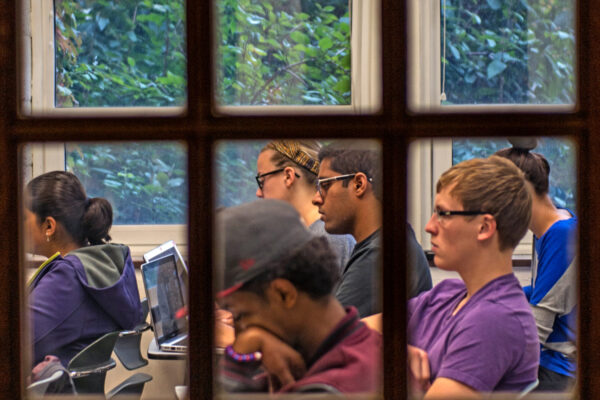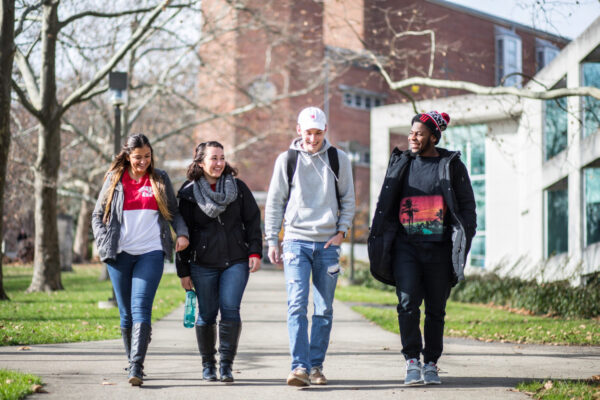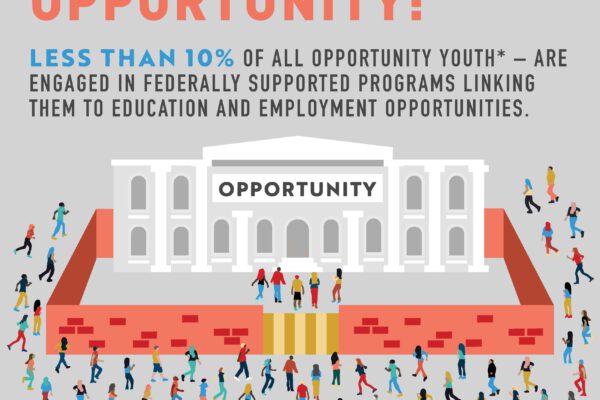Equitable Access and Student Success for Formerly Incarcerated Students
Title: Beyond the Box: Promoting equal access to postsecondary education and academic success for system involved students
Author: Annie Lubben and Jenny Zhou
Source: The Project on Workforce at Harvard Summer Fellowship Series
The criminal justice system impacts approximately 80 million people in the United States who live with criminal records and over 2 million who are currently incarcerated. Among incarcerated persons, 64 percent have high school credentials and are eligible to pursue postsecondary education. However, only 6 percent of the incarcerated population has obtained a college degree.
For this report, 26 stakeholders (including formerly incarcerated students, advocates for criminal justice reform, and research and policy organizations) were interviewed to discuss their experiences with the college admission, enrollment, and transition processes. The authors found that formerly incarcerated and system impacted students experience multiple barriers in their higher education journeys, including not having clear and definite plans for post-release, limited access to career counseling, difficulty obtaining documents needed for financial aid and other monetary assistance programs, and limited access to housing options.
One of the biggest barriers students face is having to disclose their status on admissions and financial aid forms. Since 2004, the Ban the Box movement has been creating awareness about the impact of collecting criminal record information and documentation, particularly with employment and housing applications. Yet 72 percent of higher education institutions still require applicants to disclose their status.
The report shares the following recommendations in supporting formerly incarcerated and system impacted students:
- Develop an inclusive culture and strong relationships between directly impacted people and the community
- Be honest about your institution or organization’s resources, capacity, and tools
- Understand students’ individual needs while also connecting them to other resources
- Commit and invest the time to provide the resources and services needed, such as connecting students with housing options or accommodating parole or probation requirements
In summary, it is crucial that intentional structures be built to support formerly incarcerated and system impacted students on their pathways to degree attainment. The authors suggest modifying and expanding services, enhancing partnerships between campus and the community, and equipping staff and faculty with training as ways to eliminate stigma and create inclusive environments for students.
To read the full report, click here.
—Tabatha Cruz
If you have any questions or comments about this blog post, please contact us.


